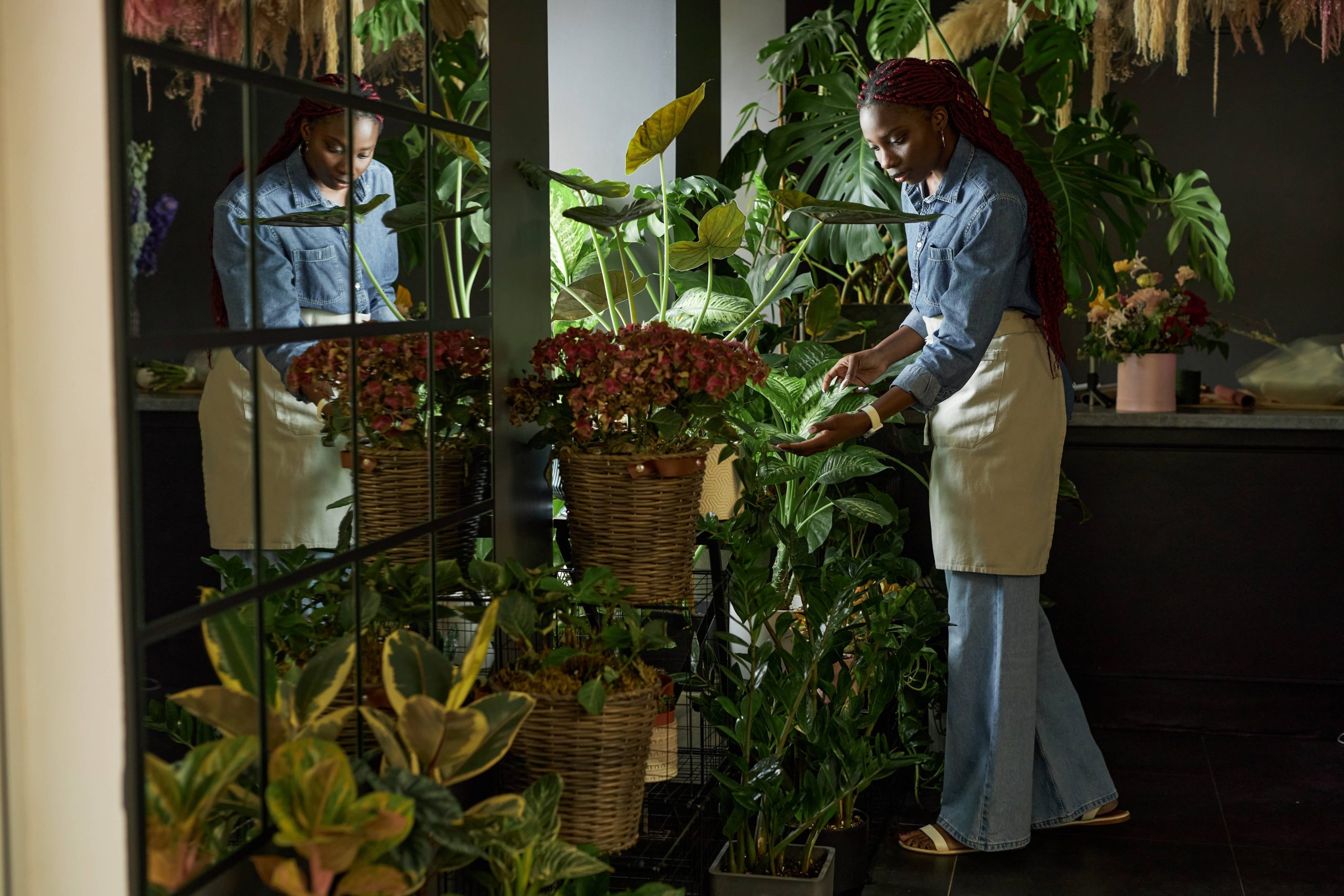
In recent years, the thoughtful reuse of kitchen waste has gained significant traction among indoor gardeners and houseplant enthusiasts. One excellent way to repurpose kitchen scraps is by using them as plant nutrients. Coffee grounds and various kitchen scraps have long been touted for their potential to enrich soil and provide essential nutrients to plants. In this blog post, we’ll explore the benefits of using coffee grounds and other kitchen waste in indoor gardening, as well as how to effectively incorporate them into your plant care routine.
The Benefits of Coffee Grounds
Coffee grounds are a common byproduct in many households and offer a host of benefits for indoor plants. They are rich in nitrogen, a vital nutrient that aids in plant growth, and provide a mildly acidic pH, which can be beneficial for certain houseplants.
1. Nutrient-Enrichment: Coffee grounds contain essential minerals like calcium, magnesium, potassium, and phosphorus. When added to soil, they can help replenish nutrients and support healthy plant growth.
2. Soil Structure Improvement: Coffee grounds can improve soil structure, making it more conducive to plant growth. They can enhance aeration and drainage in potting mixes, preventing compaction and allowing roots to thrive.
3. Pest Deterrent: Some gardeners believe that the strong scent and texture of coffee grounds can deter pests like slugs and ants. While this isn’t conclusively proven for all pests, it’s an added advantage worth trying.
How to Use Coffee Grounds for Indoor Plants
Using coffee grounds for indoor plants is relatively simple, but it must be done correctly to ensure plant health. Here are a few ways to incorporate them into your plant care routine:
1. Composting: The most effective way to use coffee grounds is through composting. By adding coffee grounds to your compost pile, you can create rich organic matter that can be mixed into potting soil. This not only provides nutrients but also improves soil structure.
2. Direct Application: You can sprinkle a thin layer of coffee grounds on the soil surface of potted plants. However, avoid overdoing it, as an excess can lead to moisture retention issues or mold growth. A light dusting every month or so is sufficient.
3. Coffee Ground Tea: Create a nutrient-rich liquid by steeping coffee grounds in water. Use it to water your plants once a month. This offers a gentle supply of nutrients without overwhelming the plant.
Utilizing Other Kitchen Scraps
Apart from coffee grounds, there are numerous other kitchen scraps that can be converted into plant nutrients. Here, we outline some common items and their uses:
1. Banana Peels: Rich in potassium, banana peels can be chopped and buried in the soil or steeped in water to create a potassium-rich tea. Potassium is crucial for flowering and fruiting plants.
2. Eggshells: Crushed eggshells provide calcium, a vital nutrient for cell growth in plants. They can be tilled into the soil or steeped in water to create a calcium-rich solution.
3. Vegetable Water: Save the water used to boil vegetables, as it retains some nutrients leached from the produce. Once cooled, use it to water your plants.
4. Onion and Garlic Peels: These can be composted or made into a tea. They contain small amounts of nutrients and may offer pest deterrent properties due to their strong scent.
Best Practices for Using Kitchen Scraps
While utilizing kitchen scraps is an excellent way to nourish your plants sustainably, it’s essential to follow a few best practices to ensure plant health:
1. Moderation is Key: Like any fertilizer, kitchen scraps should be used in moderation. Overuse can cause nutrient imbalances, attract pests, or create unfavorable soil conditions.
2. Composting is Better: Composting helps to break down organic matter, making nutrients more accessible to plants. It also eliminates potential issues with attracting pests or causing unpleasant odors.
3. Avoid Mold and Mildew: Be mindful of moisture levels, especially with coffee grounds and other organic matter. Mold and mildew can develop if materials are too damp.
4. Avoid Harmful Scraps: Not all kitchen scraps are suitable for plants. Avoid using meat, dairy, and oily foods, as they can attract pests and create odor problems.
Conclusion
Utilizing coffee grounds and other kitchen scraps as plant nutrients is not only environmentally friendly but also cost-effective. The process transforms waste into a resource, nurturing your indoor garden in a sustainable manner. By incorporating these practices into your routine, you can cultivate a healthier, more vibrant array of houseplants.
Remember, the key lies in balance and attentive plant care. Understanding the specific needs of your houseplants and tailoring your use of kitchen scraps accordingly can lead to remarkable growth and blooms. Embrace the natural cycle of recycling nutrients, and watch your indoor garden flourish with renewed vitality.













